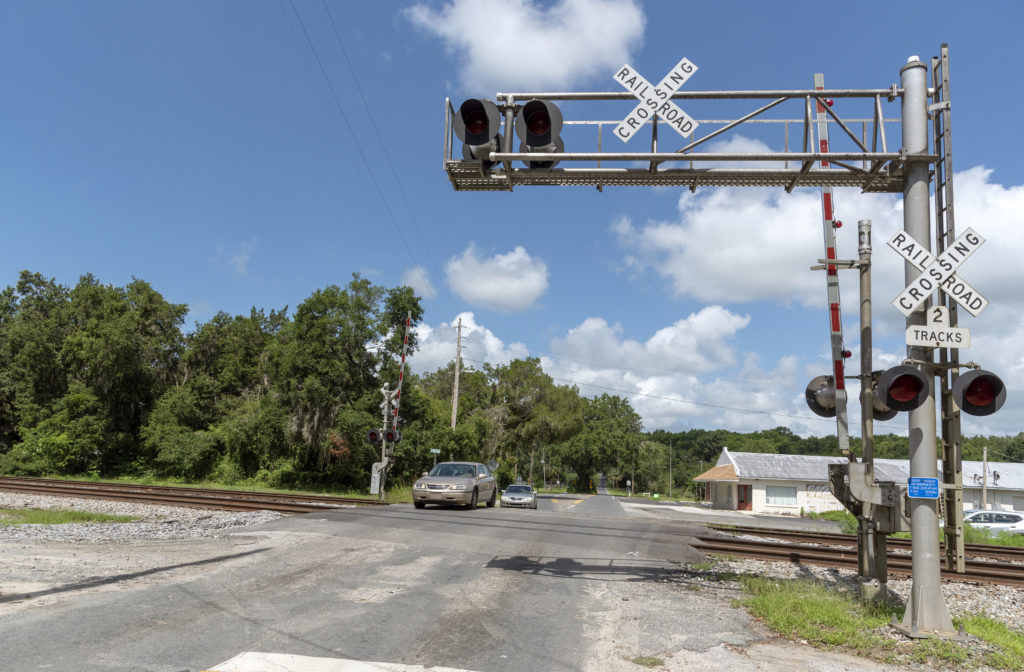
Federal Motor Carrier Safety Administration representatives are working to get all public questions answered regarding the newest hours-of-service regulations, which have now offically been in effect for a few months.
Throughout the coronavirus pandemic and the toll it took on the nation’s truck drivers, the Trump Administration worked to relax trucking regulations. During this time, an hours-of-service regulation flexibility proposal was implemented, allowing drivers to: extend their potential driving time by two hours during challenging driving conditions, divide their 10-hour mandatory rest times into 5-5 or 6-4 hour splits (giving them more control over their rest breaks and whether or not they are actually resting during that time), and lengthen their maximum on-duty time from a 12-hour period to a 14-hour period.
Because this final rule change has only been active for a short amount of time, FMCSA reps addressed public concerns during a virtual question-and-answer session in December. The final rule took effect at the end of September.
Among some of the topics given the most attention was that of efficient record-keeping, with emphasis on a motor carrier’s need to properly record a driver’s time in, time out, and exact number of hours worked each day. Joe DeLorenzo, FMCSA’s Director of Enforcement and Compliance, noted that these records need to be kept on file for at least six months.
In regards to short haul exceptions, the final regulation change made the exception available to particular drivers by not only lengthening their maximum on-duty periods, but also the distance limit a driver can operate from 100 total air miles to 150.
Drivers do not need to fill out a graph grid log or electronic logging device record–they are permitted to instead use a time record while operating under the new short haul exception.
“You do have to have some sort of account of your time,” DeLorenzo reiterated. “Managing that and thinking through that up front is pretty important.”
DeLorenzo made clear that if a driver travels farther than the allowed 150 air miles or cannot report back in time, or otherwise does not meet the exception, they must fill out a manual log for that day. If a driver has to complete eight or fewer log days within a month, that driver may use a paper log with a graph grid. On the other hand, a driver must use an electronic logging device if he or she has to complete a log more than eight days within the span of a month.
Additionally, DeLorenzo notes that drivers should record driving conditions for the day if they are challenging or adverse, and this record should be taken at the time of the obstacle–not at the end of the day, when the driver may have exceeded the hour limit.
“That will help you to establish, when anybody asks,” he said. “That’s always helpful when somebody questions your log down the road.”
Adverse driving conditions considered in this modification include snow, ice, fog, sleet, or other conditions in traffic or weather that are unexpected by a driver immediately before embarking on his or her operations for the day.
Trucker-involved road incidents will not qualify as an adverse driving condition for that particular trucker, and rush-hour traffic is also not included, explained FMCSA Driver and Carrier Operations Division transportation specialist, Rich Clemente.
“[Applicable circumstances] are unforeseen events, such as a highway that may get closed because of an accident,” he said.
The representatives also spoke about the new regulations in regards to sleeper berth rules–with exceptions now in place for the mandatory 30-minute rest break. Now, these breaks have boosted flexibility by requiring break only after every eight consecutive hours of driving. The break can be satisfied now by a driver using an “on-duty, not driving” status in lieu of an “off-duty” status. The break requirement can also be met by a driver using a “sleeper berth” status.
Clemente explained that the necessary 30 minutes must be consecutive and can consist of a combination of qualifying statuses during that period. Yard moves are not permitted on public roadways, but can count toward a 30-minute break requirement, as can roadside inspections. This time period can also consist of the time a driver fuels his or her truck or gets a snack or meal.
To continue helping carriers and drivers better understand the updated hours-of-service rules, FMCSA recently released an online tool: the Educational Tool for Hours of Service. This resource allows users to log their duty status and can show them what potential violations may have occurred.




